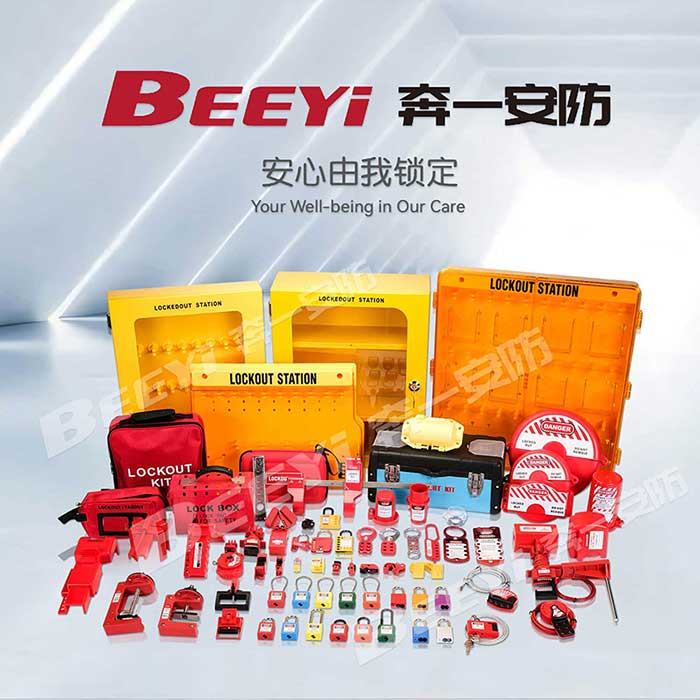understanding industrial pneumatic lockouts: enhancing safety in pneumatic systems
Release time:2025-09-23 20:15:43
Industrial pneumatic systems are commonly used across various industries due to their efficiency, versatility, and cost-effectiveness. However, with the power to drive machinery and tools comes the inherent risk of accidental release of energy, posing a serious threat to workers. One essential safety measure to mitigate such risks is the use of Industrial Pneumatic Lockouts. These devices are integral in ensuring the safe maintenance and operation of pneumatic systems by preventing the accidental activation of equipment during service, repair, or maintenance. This article explores the importance of industrial pneumatic lockouts, their functions, and the role they play in enhancing safety in workplaces.

What Are Industrial Pneumatic Lockouts?
Industrial pneumatic lockouts are devices designed to isolate and lock out the energy source, particularly compressed air, in a pneumatic system. They prevent the accidental release of air pressure that could activate machinery or tools unintentionally. These lockout devices are essential components of a comprehensive Lockout/Tagout (LOTO) program, which is a standard safety procedure aimed at protecting workers from hazardous energy sources while working on industrial equipment.
When maintenance or repair work is required on pneumatic systems, it is crucial to ensure that no air pressure is present in the system to avoid accidental starts or releases. Industrial pneumatic lockouts address this need by locking control valves or shutoff valves in a closed position, ensuring that the pressurized air supply is fully isolated from the system.

